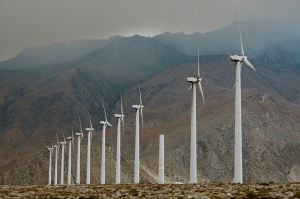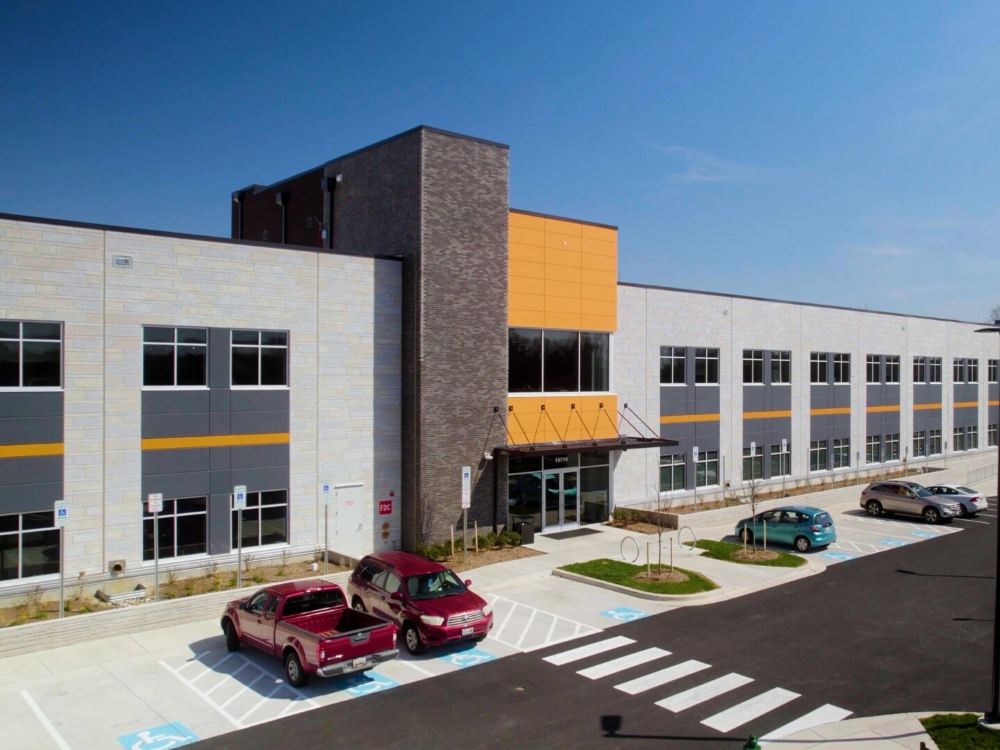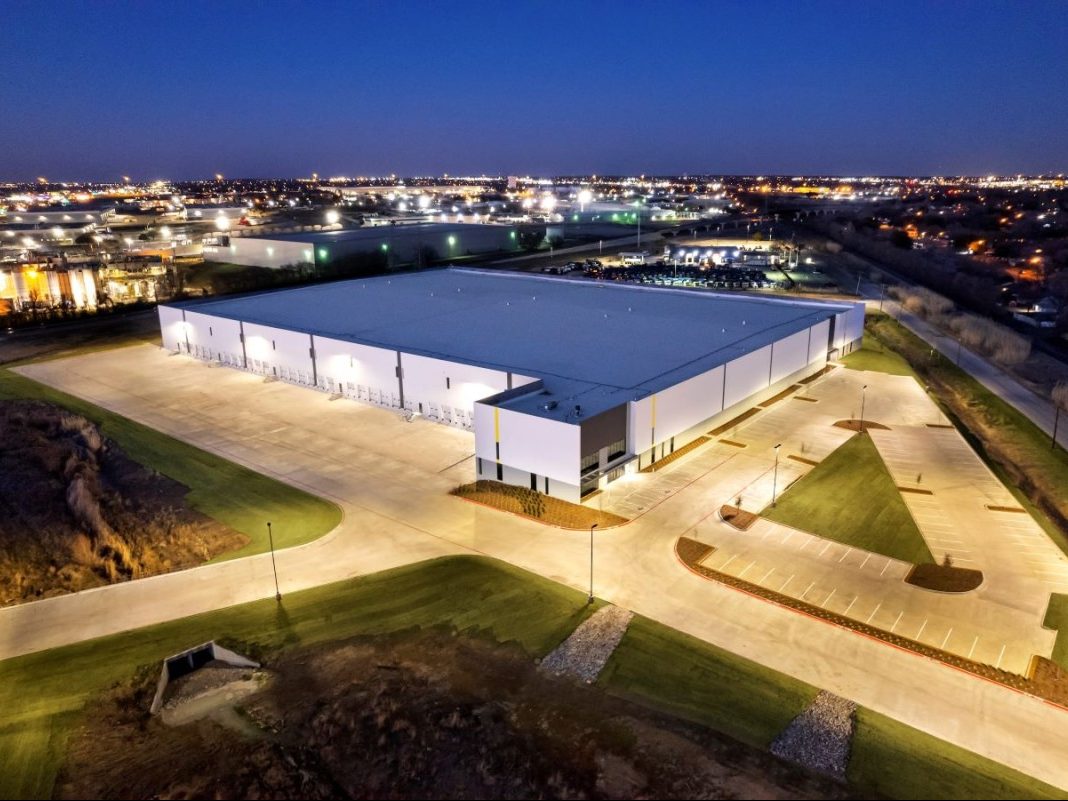EDF to Aid Google With Wind Farm
Glaciers Edge Wind Project will be located in Cherokee County and is expected to create more than 150 construction jobs during the development process.
By Anca Gagiuc
EDF Renewable Energy has signed an agreement to supply Google with 200 megawatts of wind energy generated from the new Glaciers Edge Wind Project in Iowa. The wind farm will raise EDF RE’s Iowa wind project development portfolio to 1.1 gigawatts.
The wind facility will be located in Cherokee County, in the northwestern part of the state, and is expected to create more than 150 jobs during the construction phase. Upon completion, anticipated for December 2019, the additional capacity will enable Google to reach its goal of purchasing enough renewable energy to match its energy consumption for global operations.
Progressing partnership
The relationship between EDF RE and Google began in December 2012 when Google made an approximately $200 million equity investment in EDF RE’s Spinning Spur Wind Project, located in Oldham County, Texas. The partnership progressed in 2016 through the power purchase agreement for the Great Western Wind Project in Oklahoma, which supplies Google with 225 megawatts of clean power.
“The strong U.S. wind market relies in part on America’s corporate sector and companies like Google, who through the purchase of wind energy demonstrate leadership in the drive for a low-carbon economy. Their commitment allows Glaciers Edge to proceed, providing an economic boost to the Iowa economy, through new construction and operations jobs, an expanded tax base, and recurring, long-term income for participating landowners,” Dai Owen, director of power marketing for EDF RE, said in prepared remarks.
“Renewables from projects like Glaciers Edge bring value to our business as we scale and accelerate investment in the communities where we operate,” added Gary Demasi, Google’s director of global infrastructure. “With solar and wind declining dramatically in cost and propelling significant employment growth, the transition to clean energy is driving unprecedented economic opportunity—and doing so faster than we ever anticipated.”








You must be logged in to post a comment.